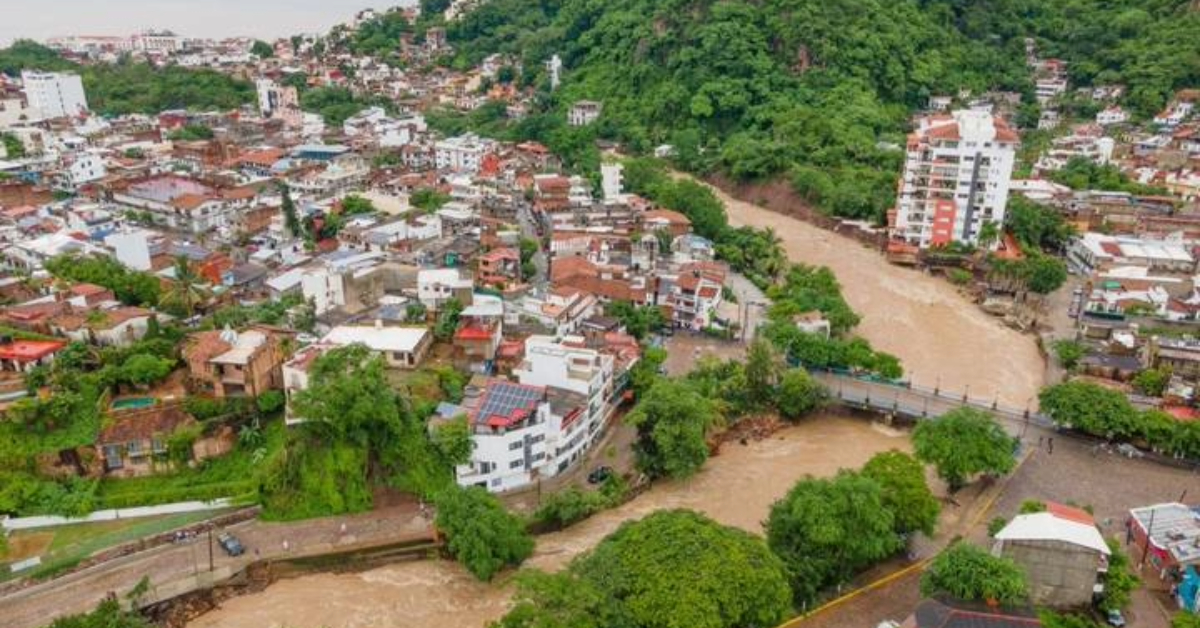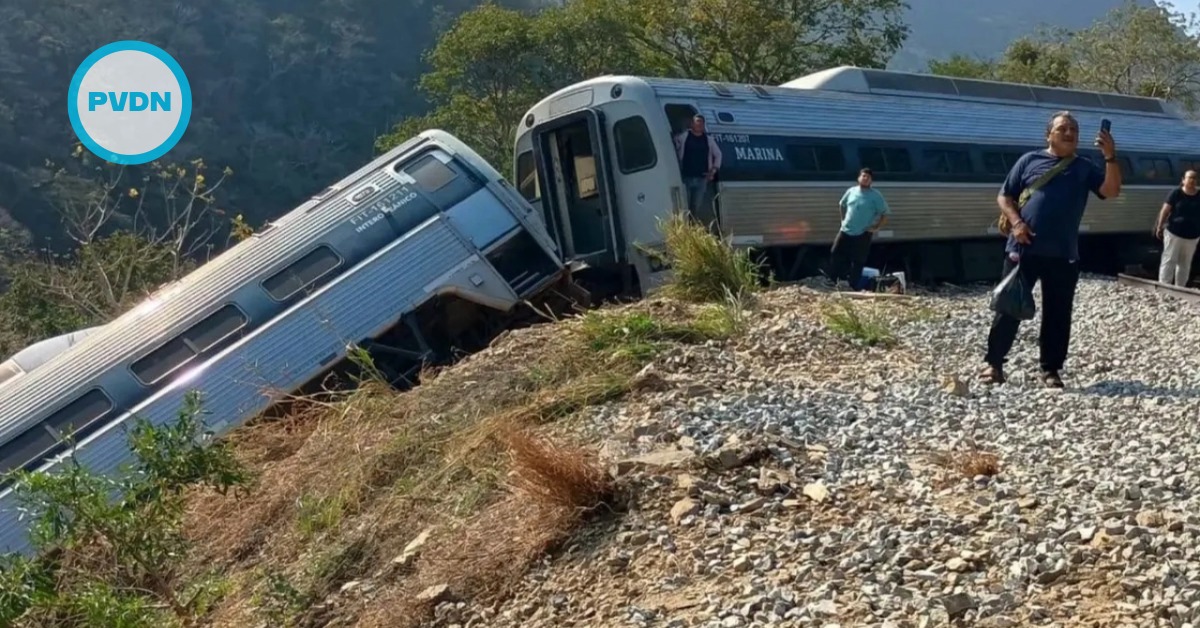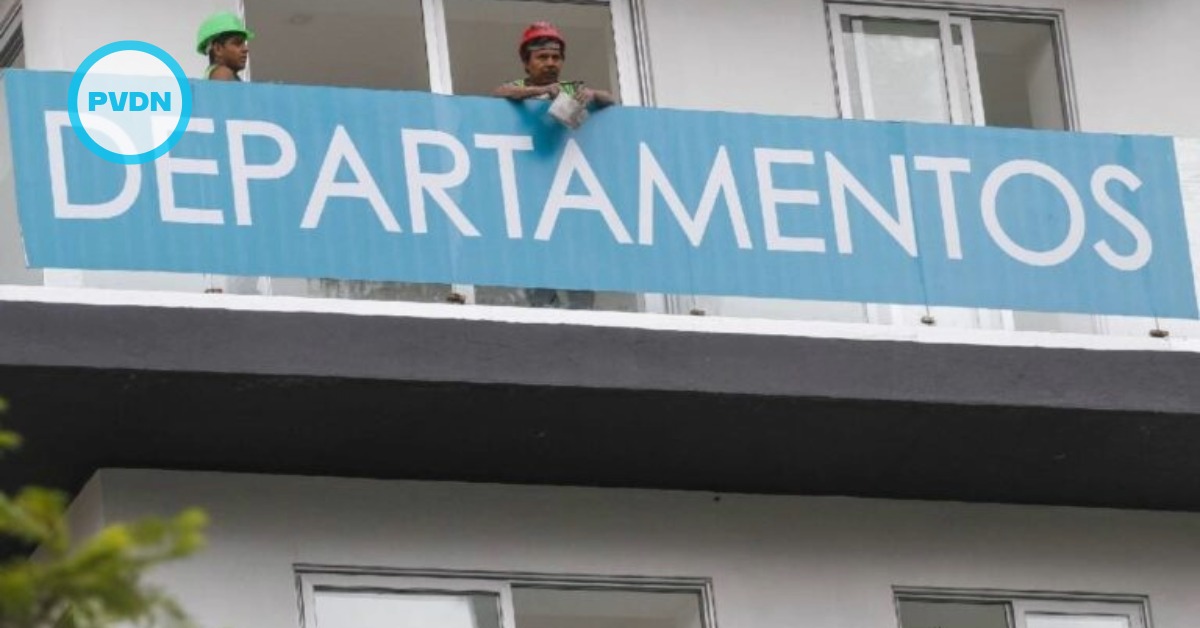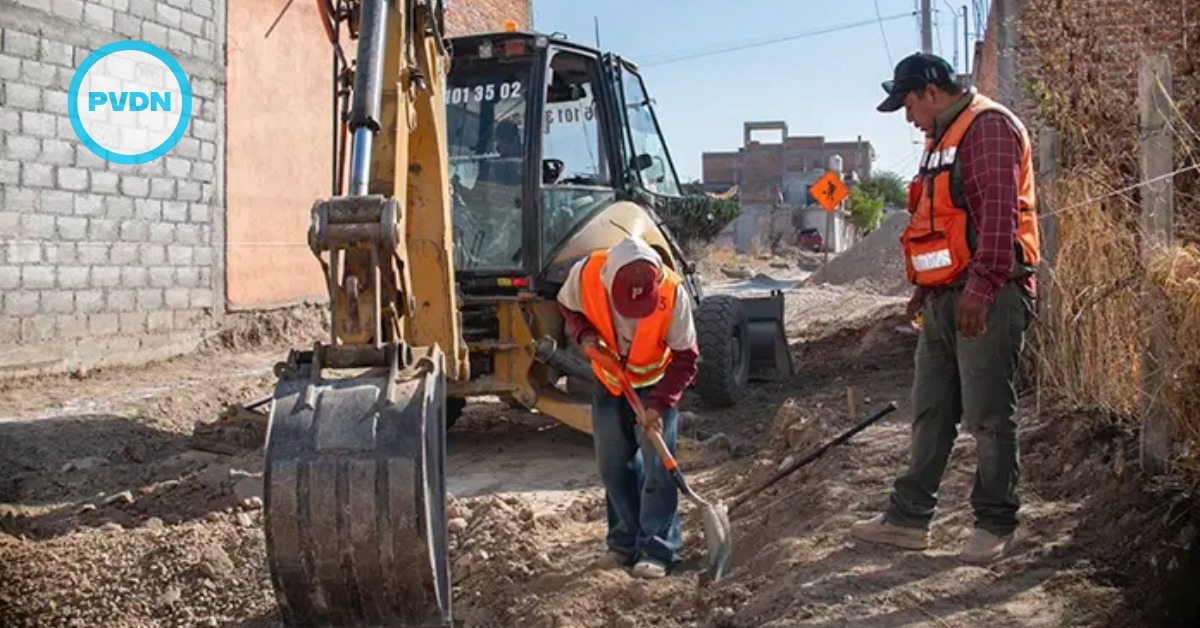Puerto Vallarta, Mexico - Puerto Vallarta, known for its idyllic landscapes and bustling hotel zone, presents a stark contrast within its own boundaries. A few blocks away from the tourist-filled streets lies another reality, faced by residents like 70-year-old Félix Aréchiga. Despite his age and mobility issues, Aréchiga must navigate dirt and waterlogged roads, reflecting the infrastructural neglect that plagues most of the city that tourists never see. Most of the city´s revenue is spent on maintaining the tourist zones while the locals, not expats, struggle with housing, electricity, water, and transportation.






